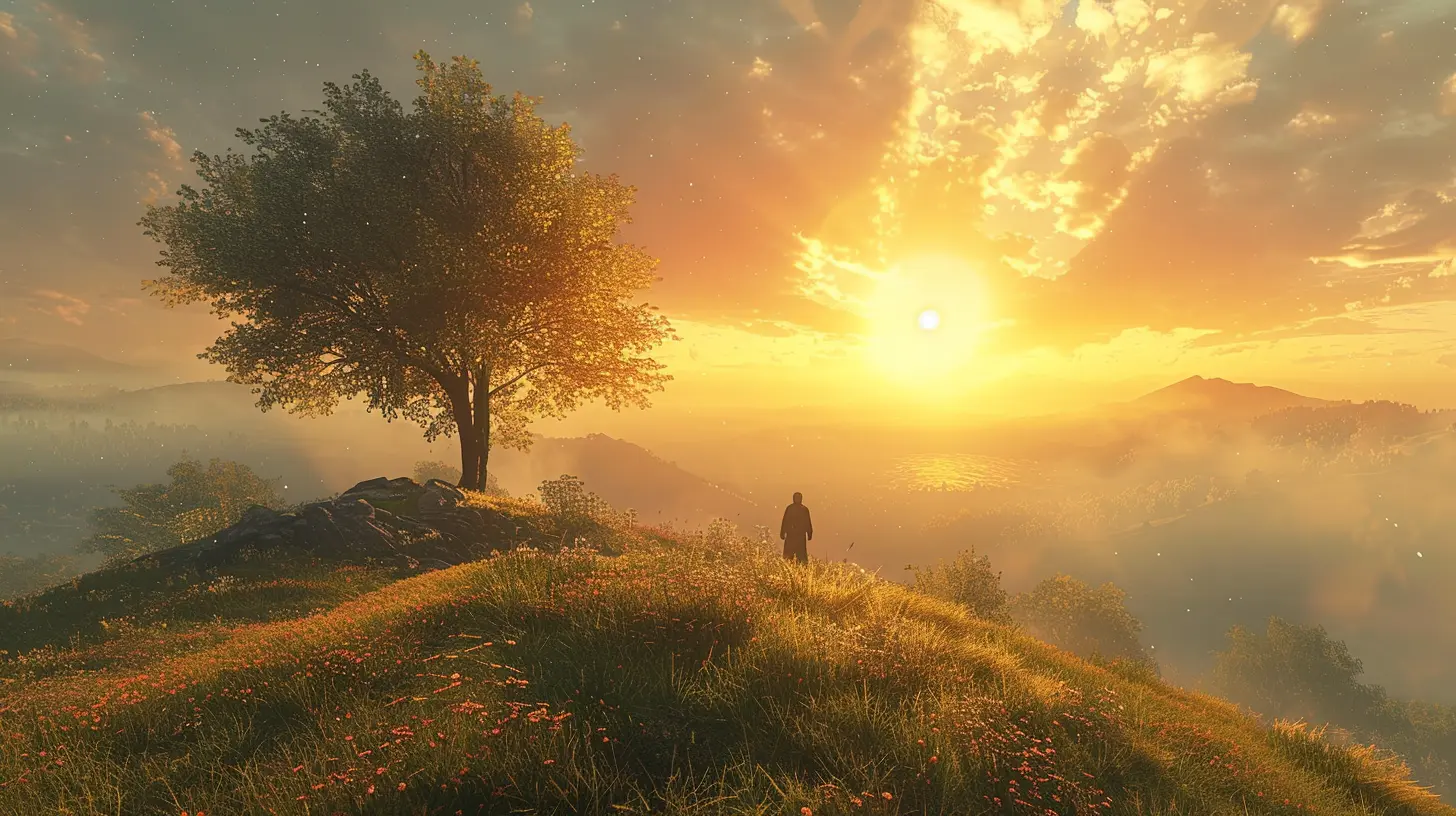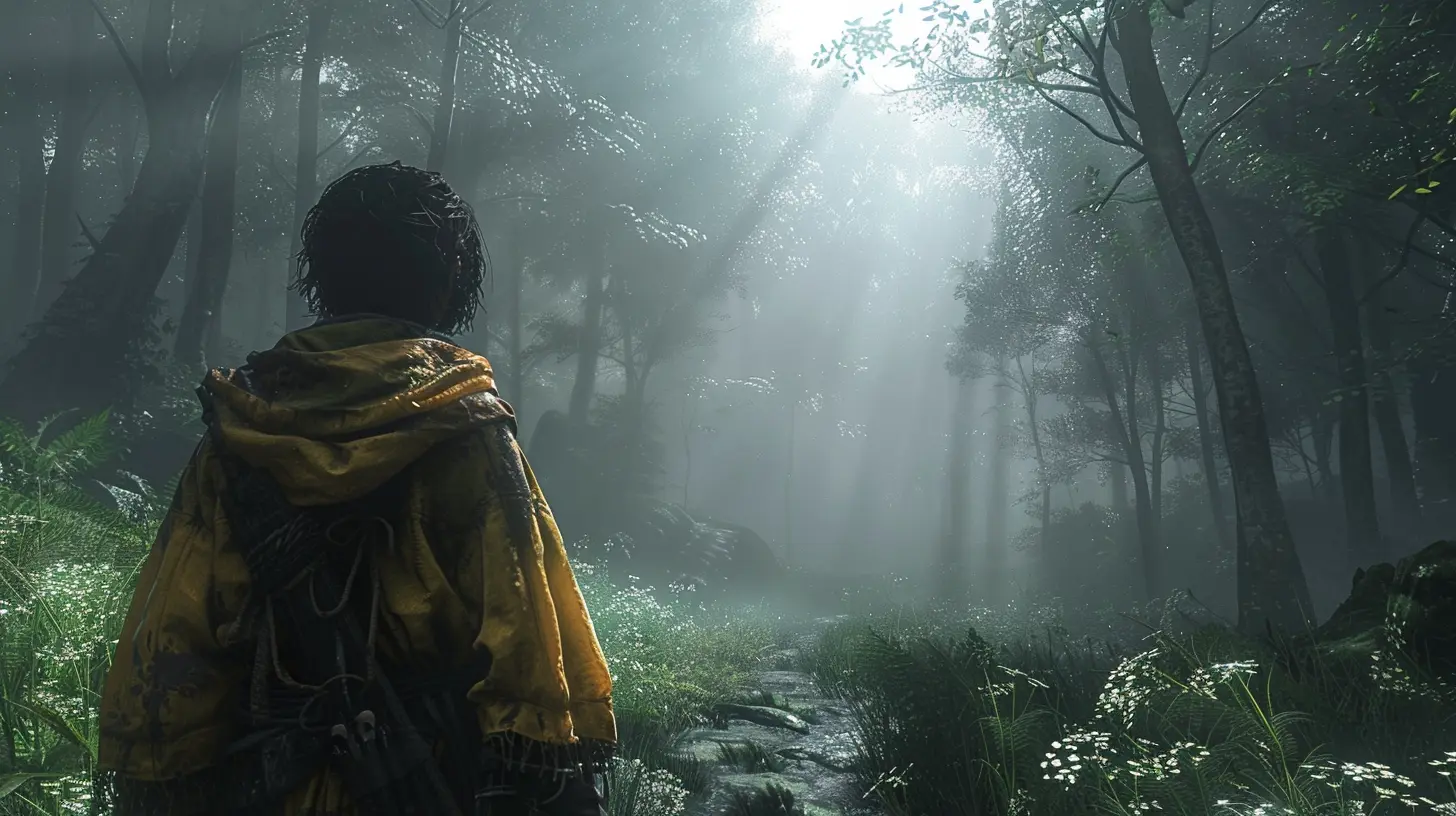The Challenges of Writing Episodic Game Content
1 November 2025
Crafting a compelling story is tough enough on its own. But doing it in chunks? In a way that players love and come back for more? Well, that's another beast entirely. Writing episodic game content is like walking a tightrope while juggling fire. It’s thrilling, sure—but one misstep and the whole thing comes crashing down.
Whether you’re a game dev, writer, or just someone super into story-driven games, understanding what goes into episodic content can give you a whole new level of respect for the folks behind the scenes. So, buckle up, and let’s dive into the wild world of episodic game storytelling—its challenges, its quirks, and why it’s worth every late-night brainstorming session.
📺 What Is Episodic Game Content Anyway?
Before we start breaking it down, let’s clarify what we’re talking about. Episodic games are like the TV shows of the gaming world. They’re broken into parts—episodes—that are released over time. Think Life is Strange, The Walking Dead, and Alan Wake 2. Each episode is a standalone slice of the story while contributing to a broader narrative arc.Sounds cool, right? Well, it is—but it's also where the headaches begin.
⏱️ Pacing: The First Big Hurdle
If you’ve ever binged a bad TV show with awkward pacing, you know how annoying it can be. For episodic games, getting the pacing right is absolutely critical.Why It’s Tough
You don’t have the freedom of a 60-hour open-world RPG. You’ve got maybe two to five hours (or less) per episode to hook players, build tension, and deliver emotional payoffs. That’s tight real estate. So you have to be extra smart about:- Where the episode starts and ends
- How much info to give away
- Cliffhangers that feel earned—not forced
If you drop too many plot bombs too early, you burn through material. Too slow? Players get bored and bounce.
What Can Go Wrong?
There’s always a risk the story peaks too soon or drags on forever in the name of world-building. Think of it like telling a joke—you need good timing, or it falls flat.
🔁 Maintaining Consistency Across Episodes
You can’t afford to forget your own lore. Players notice everything—EVERYTHING. If a character’s personality shifts for no reason or you contradict earlier plot points, get ready for Reddit to eat you alive.The Challenge Here?
Episodic games often have long gaps between releases. This means writers might revisit a story months—or even years—after they started. And humans being humans, memory gets fuzzy.Even worse? Sometimes feedback from earlier episodes changes the original plan. Maybe a side character becomes a fan favorite, or a plot twist just didn’t land. You have to pivot, but subtly.
It’s Like...
...building a house on a moving foundation. You’re adding new rooms while the base is still wet cement.
🧠 Keeping Players Emotionally Invested
Let’s be real—keeping someone’s attention these days is a miracle. With social media, streaming services, and a million other games to play, players won’t wait around unless you really hook them.Episodic Storytelling Needs Strong Emotional Glue
Players need to care about your characters, motives, and world. And fast.But here’s the kicker: each episode has to rekindle that emotional connection. You can’t rely on people remembering how they felt last time if your next episode drops six months later. You’ve got to re-engage the heartstrings, often with minimal time to do it.
💣 The Pressure of Cliffhangers
Ah, the classic episodic twist. You know it's coming. Players know it's coming. But pulling it off without making it feel cheap? That’s where the real magic (and stress) lies.Why Cliffhangers Can Be a Double-Edged Sword
End on too small a note, and players shrug it off. Go too big, and the payoff in the next episode might disappoint. It’s like promising a rollercoaster and delivering a kiddie ride.You also have to make sure that the twist doesn’t just shock—it needs to make sense. A twist that comes out of nowhere and contradicts everything before it? That’s gonna leave a bad taste.
🛠️ Technical and Team Challenges
Yup, it’s not just the story itself that gets tricky. There are backstage hurdles, too.Limited Development Time
Episodic games work on tight schedules. You can't spend years on a single chapter. But storytelling takes time—especially when you’re writing something interactive where player choices matter.The writers aren’t just cranking out dialogue—they’re collaborating with coders, designers, voice actors, and artists. So the story has to evolve within those constraints.
Think of it like assembling a puzzle where the pieces keep changing shape. Fun? Yes. Stressful? Also yes.
⛓️ Player Choices and Their Consequences
Oh boy. This one’s a monster.Interactive Storytelling Ain’t Easy
Players LOVE the idea that their choices matter. But from a writing standpoint? That’s a massive challenge.Every branching path leads to new dialogue, consequences, and story threads. Multiply that over multiple episodes, and you've got a spiderweb of possibilities. Now, try to tie all those threads together in a satisfying way by the end.
The Butterfly Effect in Action
One small decision in episode one can have wild implications by episode five. But what if that decision makes part of your planned finale irrelevant? Or worse, impossible?It’s a high-stakes game of narrative Jenga.
🕰️ Long Waits Between Episodes = Bad Memory = Frustrated Players
Let’s call it what it is—delays kill momentum.Players forget what happened. They forget characters' names, plot details, and even how to play. So when the next episode drops, instead of excitement, there's confusion.
Recaps Can Only Do So Much
Sure, a “Previously on…” screen helps. But if the story was complex, a tiny recap won’t cut it. Unlike a TV show, where you can rewatch the last episode in 20 minutes, games aren’t always that easy to revisit.Some devs have solved this with tighter release windows. Others build episodic games all at once, then release them in chunks. Either way, it’s a juggling act between time, budget, and fan expectations.
💬 Community Feedback: Friend or Foe?
Releasing in episodes means you’re writing in real time. That’s both a blessing and a curse.The Good
You can listen to player feedback. Like, really listen. If fans say a character is annoying, you can tone them down. If the pacing is off, you fix it next time.The Bad
Too much feedback can derail your vision. It’s easy to get caught trying to please everyone—and that’s a fast track to a bland story. You’ve got to balance listening with staying true to your core narrative plan.🎯 Staying Relevant in a Fast-Moving Industry
When you’re releasing episodes over months (or years), trends and platforms can change. What was hot when Episode 1 dropped might be old news by Episode 5.Why It Matters
If your game takes five years to finish and the tone or themes feel dated, players may lose interest. Episodic writers need foresight. They’ve got to tell a timeless story that still resonates—years after it starts.🧩 Wrapping It All Up
The final episode is the ultimate test. You’ve set up expectations, teases, tensions, and promises. Now, you have to deliver.The Finale Has to Hit Hard
It’s gotta:- Pay off the cliffhangers
- Give closure (or a satisfying open ending)
- Reflect choices and consequences
- Make all those hours feel worth it
No pressure, right?
If you pull it off, though? You’re golden. Players will rave, replay, and remember. Get it wrong, and it can tank the whole series in hindsight. (Looking at you, Game of Thrones finale vibes.)
🎮 So, Why Do Writers Even Bother?
With all these challenges, you might wonder—why not just write one big game and drop it all at once?Because when episodic game content works, it’s something special.
You build a community. You create suspense. You give players time to theorize, connect, and feel emotionally involved in ways few “one-and-done” games can match.
It’s immersive. It’s exciting. It’s storytelling with a heartbeat.
Sure, it’s hard—but that’s also what makes it worthwhile.
Final Thoughts
Writing episodic game content is a lot like writing a novel, filming a TV show, and building a rollercoaster—all at once. It’s stressful, chaotic, and full of moving parts. But when it all clicks? It's pure magic.From pacing puzzles and character arcs to cliffhanger stress and choice chaos, the challenges are real. But they’re also what makes the format so dynamic.
So next time you're waiting (impatiently) for the next episode of your favorite game, just know—there's a team of exhausted, passionate storytellers behind the scenes, balancing plot twists and fan theories like narrative ninjas.
all images in this post were generated using AI tools
Category:
Game NarrativesAuthor:

Greyson McVeigh
Discussion
rate this article
1 comments
Sara Allen
What a fantastic read! The complexities of crafting episodic game content truly highlight the creativity and dedication behind every installment. Your insights shed light on the unique challenges writers face, making it an intriguing journey for both creators and players alike!
November 12, 2025 at 3:48 AM

Greyson McVeigh
Thank you! I’m glad you found the insights engaging. Writing episodic content is indeed a rewarding challenge!


